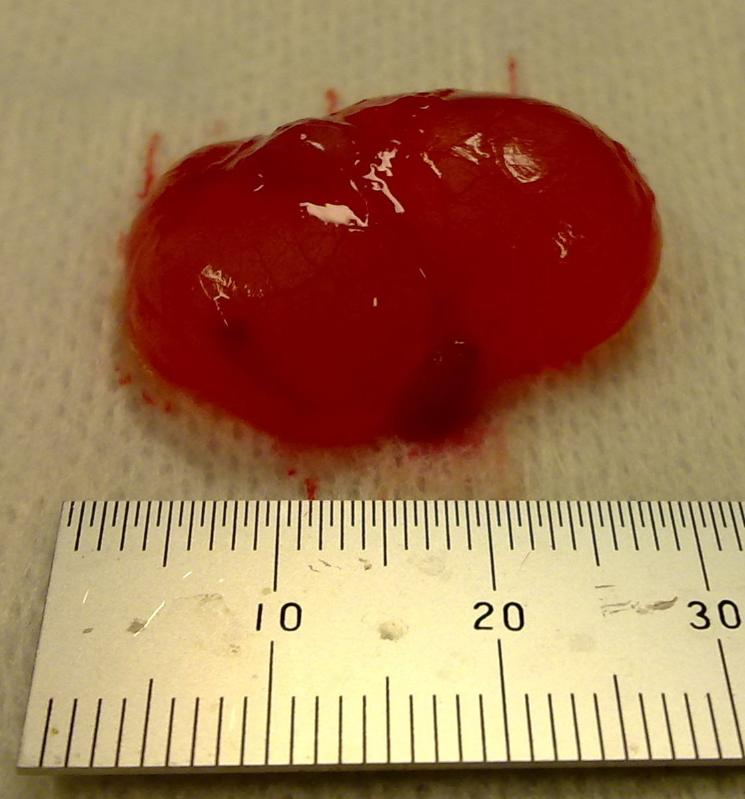Salivary Mucocœles
What are Salivary Mucocœles?
Salivary Mucocœles are fluid-filled cysts that occur anywhere in the mouth where there are minor salivary glands. They usually come about as a result of a minor trauma from lip or cheek biting. They are very common. They are rarely bigger than 1cm across.
Salivary Mucocœles come in 2 types ‑ the most common being Extravasation Mucocœles (85%) and the less common Retention Mucocœles (15%).
Extravasation Mucocœles
These usually result from a trauma (such as biting the lip or cheek or a sports injury) which causes the salivary duct to rupture. The area becomes inflamed and a mucus-filled cyst forms. The cyst may rupture, collapse and refill with fluid several times. The cyst appears as a bluish / translucent swelling just under the surface of the lining of the mouth.
More than 70% of Extravasation Mucocœles are found on the lower lip. They can also occur on the cheek and the floor of the mouth but are extremely rare in the upper lip.
This type of mucocœle affects a wide age range of people but most patients are under 30 years old.
Retention Mucocœles
These usually result from a pooling of mucus formed because of a blocked or partially blocked salivary duct, or the salivary duct may simply spontaneously form a cyst.
These are most often found in the floor of the mouth.
These types of mucocœles are usually found in people over the age of 50.
How are they treated?
Usually they are surgically removed or occasionally, cryotherapy (freezing) may provide a suitable alternative where there is a need or wish to avoid surgery.
Useful Articles & Websites
JOMS 2002. Letters to the Editor. The Etiology of Superficial Oral Mucoceles
NEJM 2011. Images in Clinical Medicine. Tongue Mucocele
J Dent Med & Med Sci 2012. Oral Mucocele – Diagnosis & Management
Int J Clin Prev Dent 2013. A Case Report of Mucocele
Int J Dent 2016. Nonsurgical Management of Oral Mucocele by Intralesional Corticosteroid Therapy


